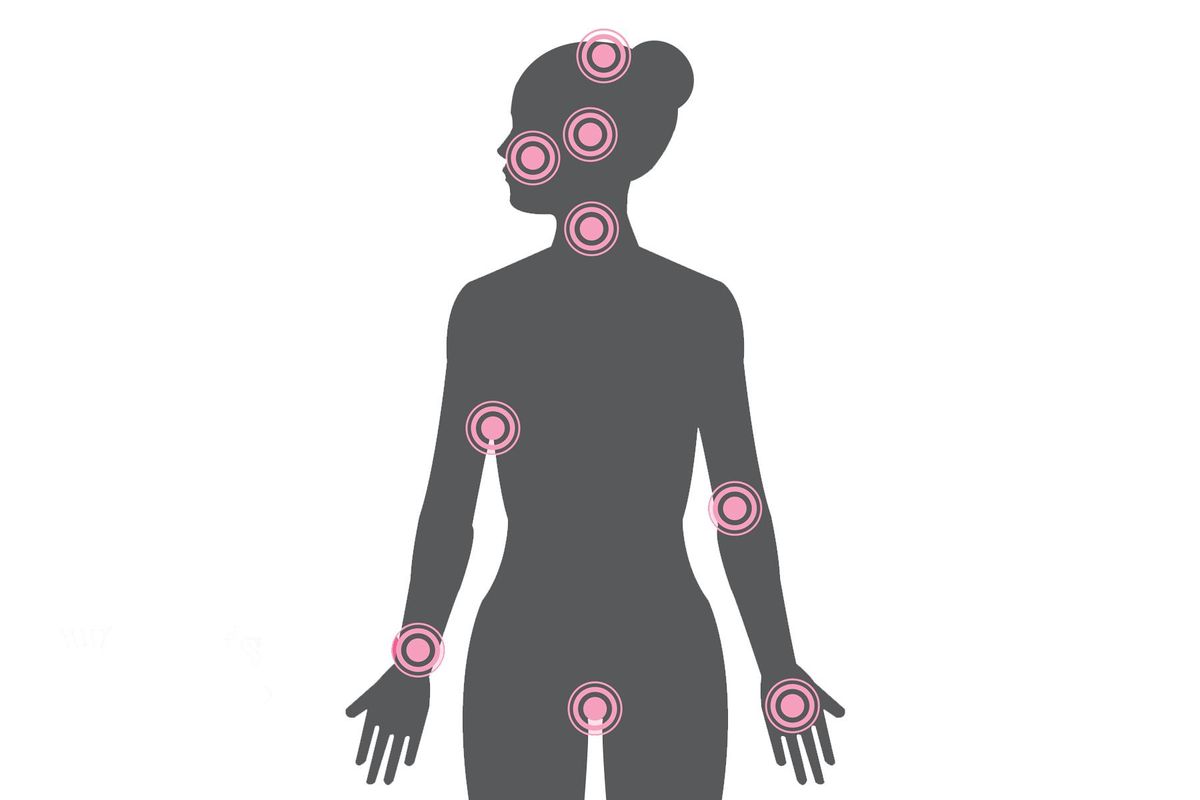
Atopic Dermatitis Across Your Body
The treatment for this common form of eczema can vary depending on where it appears on your body
Jul 08, 2021
Jun 19, 2023
Created With Support
Thaïs Diaz has a background in public health, nutrition and chronic disease prevention and works as a program coordinator for HealthyWomen. Her previous experience includes research and work at the University of Georgia focusing on the undergraduate population's food choices, nutrition, and overall health and well-being. During graduate school, she was a part of a research team that studied nutrition apps and how they're evolving in the public health sector. She also worked closely with a pediatrician on her upcoming book related to nutrition, sleep, exercise and family health. Thais focuses on health literacy and public health advice. She has volunteered with public health organizations that offer health education to Hispanic populations and translated for migrant farm workers as well as physicians.
She holds a bachelor of science degree in media and communication from Georgia Tech and a master of public health degree with a concentration in health promotion from the University of Georgia.
Full BioLearn about our editorial policies

The treatment for this common form of eczema can vary depending on where it appears on your body
Medically reviewed by Dr. Elizabeth Liotta
What is atopic dermatitis?
Atopic dermatitis (AD) is the most common type of eczema and can affect any part of the body.
Different body zones should get different types of care.
Did you know?
AD causes inflammation inside and outside the body. Even when skin is clear, the inflammation is still under your skin.
Symptoms of AD
Hives (red, swollen, itchy bumps)
Rashes
Burning or itchy skin
Broken skin caused from scratching or dry skin
Identifying AD
Eczema looks different on different skin types and tones and sometimes can be mistaken for dry skin.
Be sure to tell your healthcare provider about any pain, itchiness, irritation or skin changes and any products that might be affecting your skin.
Itch-Scratch-Itch
The “itch-scratch cycle” is when itching leads to scratching, which leads to more inflammation, which leads to more itching.
Tip:
Fragrances, dyes or alcohols are common triggers for AD. Try to avoid them in your everyday products and clothing.
Treatment options
There’s no cure for eczema, but learning triggers and finding treatment options that work for you can help.
General treatment options include:
Where is your AD?
The location of your AD can change your treatment options.
Body zone | Treatment options |
Scalp |
|
Eyelids, armpits, mouth and groin |
|
Face, mouth and neck |
|
Elbows, ears, knees, wrists, ankles, hands and feet |
|
Vagina (vulvar dermatoses) |
|
This resource was created with support from Regeneron and Sanofi Genzyme.